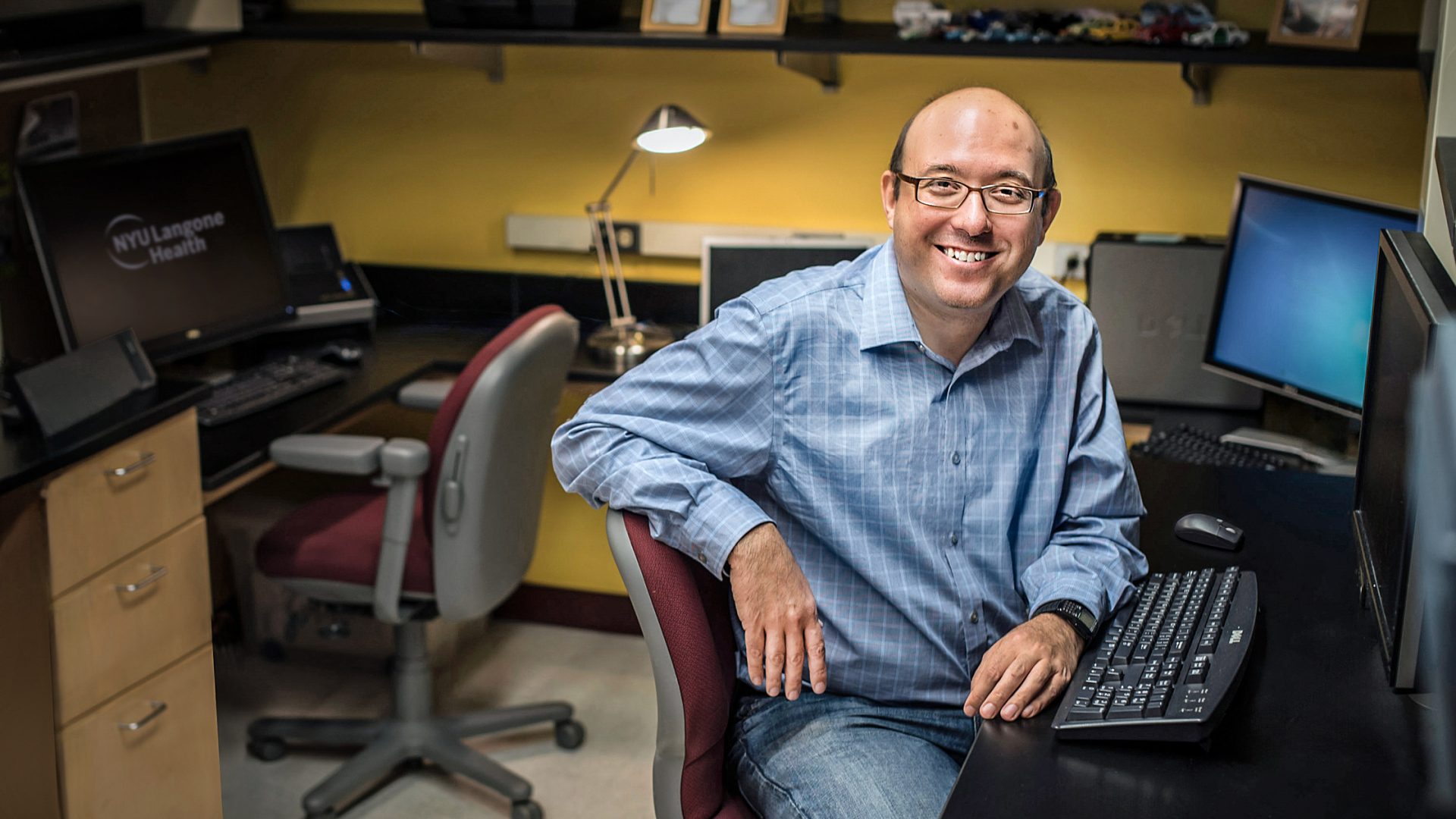Although cochlear implants (CIs) can be remarkably effective in enabling deaf people to understand spoken language, most users find it difficult to enjoy music through these devices. To improve CI performance in this area, it will be necessary to learn how different elements of sound quality influence patients’ experience of music—a topic that remains poorly understood.
David M. Landsberger, PhD, an auditory scientist at NYU Langone Health, is one of the few researchers systematically investigating this question. He and his team have developed a unique approach: studying patients with single-sided deafness (SSD).
Here, he discusses his findings and their implications for the future of CI therapy.
Recognizing the Importance of Music to CI Users
Physician Focus: Dr. Landsberger, what first got you interested in the issue of music perception among CI users?
Dr. Landsberger: When I was first introduced to the CI as a PhD student, I learned that although CIs can provide an impressive ability to understand spoken language, the experience of music with a cochlear implant is awful.
“I’ve always considered music one of the most important ways in which humans connect to their emotions and to one another.”
David M. Landsberger, PhD
I’ve always considered music one of the most important ways in which humans connect to their emotions and to one another, so I recognized a need to fix this problem. That requires a deeper understanding of the basic components in our enjoyment of music. Fortunately, the CI allows for a deep exploration of these components, which cannot be manipulated for a typical hearing listener.
Emerging Patient Population Prompts a New Approach
Physician Focus: What led you to focus on CI users with SSD for this research?
Dr. Landsberger: This population has emerged only since 2008, when researchers in Belgium reported that CIs could help control tinnitus in patients with SSD. It turned out that CIs also improved understanding of speech, a finding that led to growing numbers of people with SSD receiving implants.
At a conference a few years ago, I met a singer with SSD who insisted on using her CI when she performed. She said it made the music sound better and gave her greater confidence on stage. Other CI users with SSD told me the same thing.
That seemed paradoxical. On the one hand, people who’ve lost hearing in one ear often report a diminished experience of music. Paul Simon, who has developed SSD, recently told a reporter that when he hears himself perform, he thinks he sounds like “a Paul Simon cover band.” Yet elements like pitch, harmony, and timbre are greatly distorted with a CI. Users who are deaf in both ears describe music as sounding sour, thin, and out of tune.
All of which made me wonder: Do CIs really improve music perception in people with SSD? And if so, why?
Physician Focus: How did you look for answers?
Dr. Landsberger: In 2013, we launched a series of studies in collaboration with the Belgian team—whose audiologist, Dr. Katrien Vermeire, later became my wife—aimed at understanding this phenomenon. As subjects, we chose CI users with SSD who had musical training, figuring that they could articulate their perceptions and perform tasks involving tone recognition more precisely than untrained participants.
We began by investigating pitch perception through the subjects’ implants and their healthy ears, and how it was influenced by frequency, place of stimulation, and amplitude modulation. We also examined pleasantness ratings for harmonic intervals with acoustic and electric hearing, trying to get a sense of what types of sounds were enjoyable or unpleasant for these patients.
But the turning point came when we examined the experience of music for these patients in a more holistic way.
Recent Findings Could Have Broader Implications
Physician Focus: Tell us about that breakthrough.
Dr. Landsberger: In that study, published in 2020 in Ear and Hearing, we worked with Dr. Mario Svirsky and his group here at NYU Langone, as well as with our Belgian colleagues. We tested subjects’ responses to song segments under several conditions, using a scale of 0 to 200.
“Patients with SSD can directly compare their musical experience between their implant and their healthy ear. That ear serves as an ‘auditory ruler.’”
First, we played each segment through their healthy ear, and instructed them to rate their enjoyment at 100. Next, we played a version that had been heavily distorted by a noise-band vocoder—again using their healthy ear—and asked them to rate it at 0.
We then played the undistorted segments through the subjects’ implants alone, and then through their implants and their healthy ears together. The results confirmed what the singer had reported. Music presented through the CI alone was very unpleasant, with an average rating of 17. But music presented through the CI and the healthy ear together was rated more enjoyable than acoustic processing alone, with an average score of 123.
Since then, we’ve been working to identify factors that contribute to that difference. One technique we’ve developed is to have participants vocally imitate what they hear when we play a note or an interval, trying to capture not only pitch but things like timbre and sound quality.
Physician Focus: Does this work have implications for CI users who are deaf in both ears, as well?
Dr. Landsberger: Absolutely. When you ask most patients who are deaf in both ears what music sounds like through the device, it’s hard to get a useful answer. You don’t know what their frame of reference is. Typically, they’ve experienced degraded auditory systems for a long time. Do they remember what music is supposed to sound like? Did they ever know in the first place?
“We hope to gain insights that will help us improve musical enjoyment for all CI users.”
But patients with SSD can directly compare their musical experience between their implant and their healthy ear. That ear serves as an “auditory ruler,” allowing us to measure things in a more objective way. By studying this population, we hope to gain insights that will help us improve musical enjoyment for all CI users.






